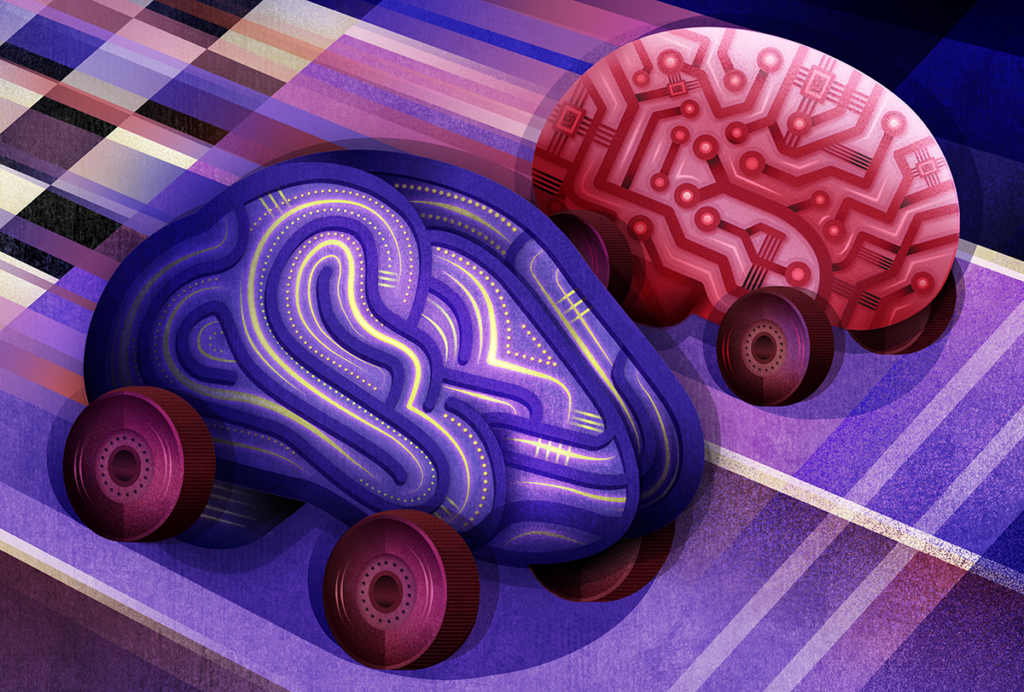WCPG 2011
Recent articles
Ambitious U.K. project set to sequence 10,000 genomes
The largest and most ambitious genome-sequencing project to date aims to identify rare variants and study their association to disease traits in 10,000 people.

Ambitious U.K. project set to sequence 10,000 genomes
The largest and most ambitious genome-sequencing project to date aims to identify rare variants and study their association to disease traits in 10,000 people.
Autism exome study pinpoints mutations in brain genes
Children with autism carry many more spontaneous point mutations in genes expressed in the brain compared with their unaffected siblings, according to unpublished findings presented Monday at the World Congress of Psychiatric Genetics in Washington, D.C.

Autism exome study pinpoints mutations in brain genes
Children with autism carry many more spontaneous point mutations in genes expressed in the brain compared with their unaffected siblings, according to unpublished findings presented Monday at the World Congress of Psychiatric Genetics in Washington, D.C.
Researchers identify gene regulating amygdala volume
A variant of the FGF14 gene may decrease the volume of the amygdala, a brain structure needed to interpret emotions in facial expressions, according to results presented on Sunday at the World Congress of Psychiatric Genetics in Washington, D.C.

Researchers identify gene regulating amygdala volume
A variant of the FGF14 gene may decrease the volume of the amygdala, a brain structure needed to interpret emotions in facial expressions, according to results presented on Sunday at the World Congress of Psychiatric Genetics in Washington, D.C.
Explore more from The Transmitter
The 1,000 neuron challenge
A competition to design small, efficient neural models might provide new insight into real brains—and perhaps unite disparate modeling efforts.

The 1,000 neuron challenge
A competition to design small, efficient neural models might provide new insight into real brains—and perhaps unite disparate modeling efforts.
Snoozing dragons stir up ancient evidence of sleep’s dual nature
Deep-sleep cycling between brain waves of higher and lower amplitude dates far back on the evolutionary tree, according to a new comparative study of mammals and reptiles.
Snoozing dragons stir up ancient evidence of sleep’s dual nature
Deep-sleep cycling between brain waves of higher and lower amplitude dates far back on the evolutionary tree, according to a new comparative study of mammals and reptiles.
The Transmitter’s most-read neuroscience book excerpts of 2025
Books by Nachum Ulanovsky, Nicole Rust, and Andrew Iwaniuk and Georg Striedter made the list of some of the year's most engaging neuroscience titles.

The Transmitter’s most-read neuroscience book excerpts of 2025
Books by Nachum Ulanovsky, Nicole Rust, and Andrew Iwaniuk and Georg Striedter made the list of some of the year's most engaging neuroscience titles.